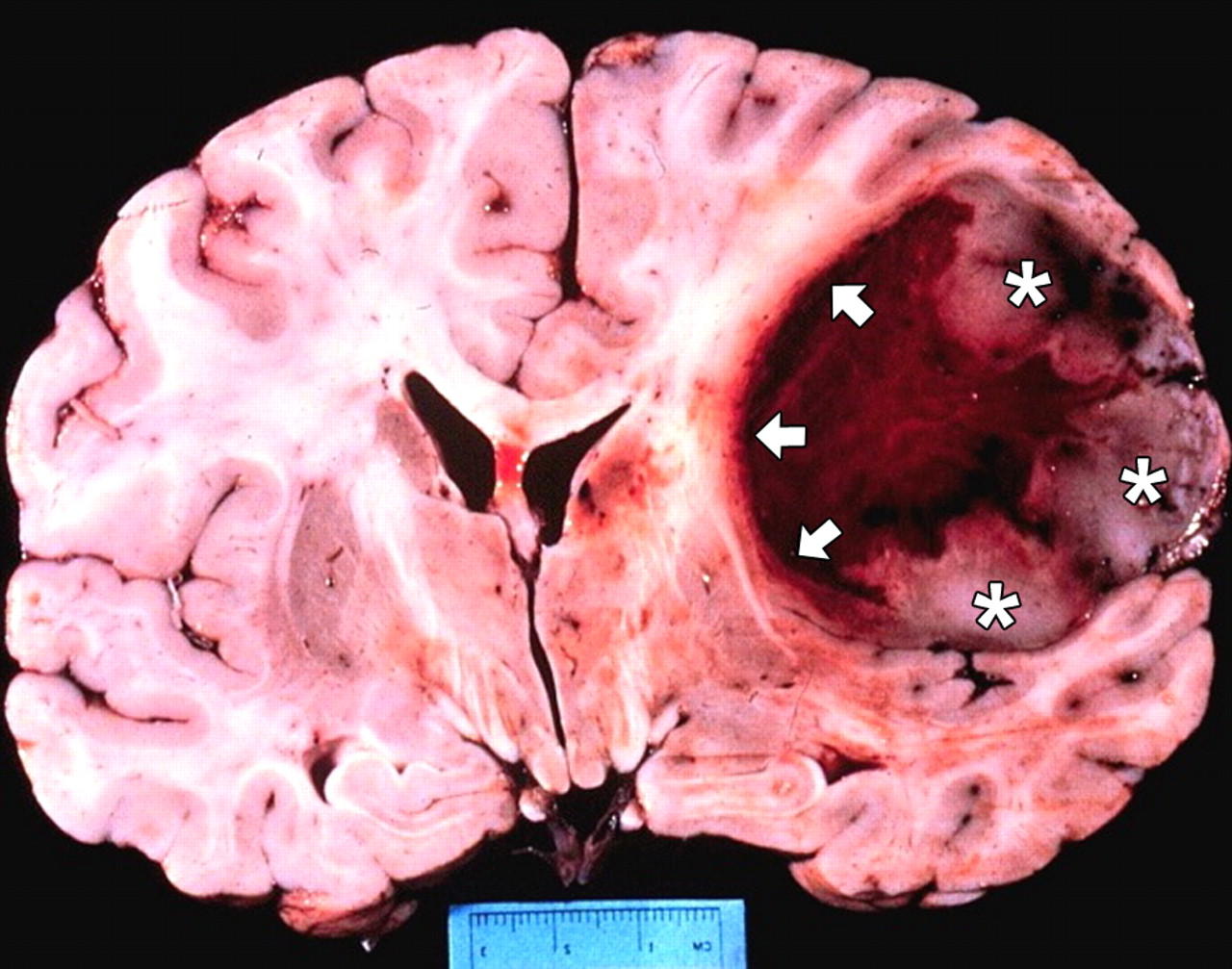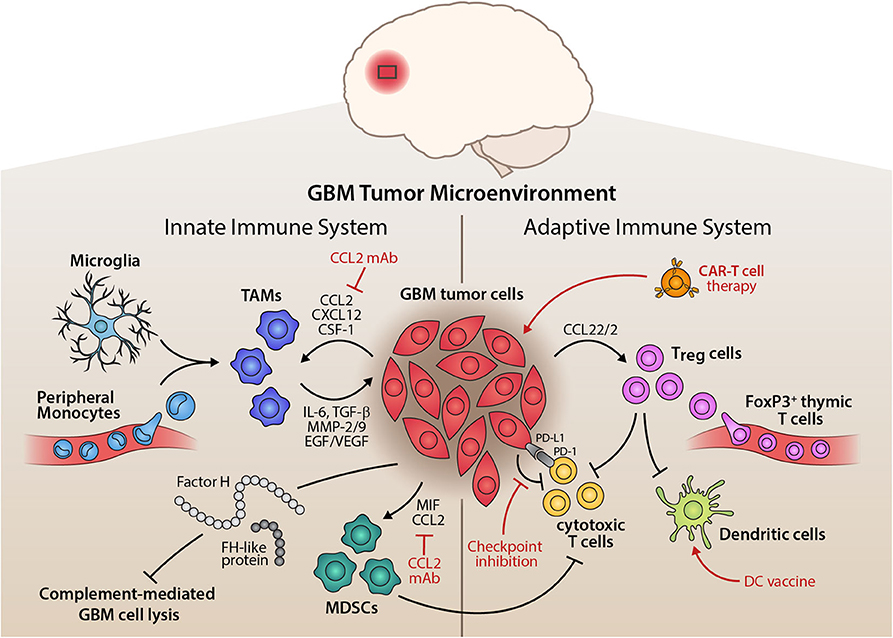Glioblastoma, often abbreviated as GBM, is one of the most aggressive and devastating forms of brain cancer. It is a type of malignant tumor that originates in the brain and spreads rapidly, making it difficult to treat. Despite advances in medical science, this condition remains a significant challenge for patients, caregivers, and healthcare providers alike. In this article, we will delve into the intricacies of this disease, exploring its causes, symptoms, diagnosis, treatment options, and ongoing research efforts.

What is Glioblastoma?
Glioblastoma is a type of primary brain tumor, meaning it begins in the brain rather than spreading from another part of the body. It arises from glial cells, which are supportive cells in the brain that provide structure and nourishment to neurons. Specifically, glioblastoma develops from astrocytes, a subtype of glial cells. These tumors are highly invasive, infiltrating surrounding brain tissue and making complete surgical removal nearly impossible.
Glioblastoma is classified as a grade IV tumor by the World Health Organization, indicating its aggressive nature and rapid growth. Unlike some other types of brain tumors, glioblastoma tends to affect adults more frequently, with the majority of cases occurring in individuals between the ages of 45 and 70. However, it can also occur in younger individuals, including children.
Risk Factors and Causes
The exact cause of glioblastoma remains unknown, but researchers have identified several potential risk factors that may contribute to its development:
- Genetic Predisposition: Certain genetic conditions, such as neurofibromatosis type 1 and Li-Fraumeni syndrome, increase the risk of developing brain tumors, including glioblastoma.
- Radiation Exposure: Previous exposure to ionizing radiation, such as radiation therapy for other cancers, has been linked to an increased risk of glioblastoma.
- Age: The likelihood of developing glioblastoma increases with age, particularly after the age of 50.
- Environmental Factors: While not definitively proven, some studies suggest that exposure to certain chemicals or pollutants may play a role in tumor development.
It is important to note that most cases of glioblastoma occur sporadically, without any clear identifiable cause. This unpredictability makes prevention challenging and underscores the importance of early detection and treatment.
Symptoms of Glioblastoma
The symptoms of glioblastoma vary depending on the size, location, and growth rate of the tumor. Because glioblastomas grow quickly, symptoms often develop over a short period of time. Common signs and symptoms include:
- Headaches: Persistent and severe headaches are one of the hallmark symptoms of glioblastoma. These headaches often worsen in the morning or with physical activity.
- Seizures: Many patients experience seizures, which may be the first noticeable symptom of the disease.
- Nausea and Vomiting: Increased intracranial pressure caused by the tumor can lead to feelings of nausea and episodes of vomiting.
- Cognitive Changes: Patients may experience memory problems, difficulty concentrating, or changes in personality and behavior.
- Weakness or Numbness: Depending on the tumor’s location, individuals may experience weakness or numbness in specific parts of the body, often on one side.
- Vision Problems: Blurred vision, double vision, or loss of peripheral vision can occur if the tumor affects areas of the brain responsible for visual processing.
Because these symptoms can mimic those of other neurological conditions, diagnosing glioblastoma often requires a comprehensive evaluation by a healthcare professional.
Diagnosis of Glioblastoma
Diagnosing glioblastoma involves a combination of clinical assessments, imaging studies, and laboratory tests. The process typically includes the following steps:
Medical History and Physical Examination
A healthcare provider will begin by taking a detailed medical history and performing a thorough physical examination. During this evaluation, the provider will ask about the onset and progression of symptoms, as well as any relevant family history of neurological disorders or cancer.
Imaging Studies
Advanced imaging techniques are crucial for identifying and characterizing brain tumors. The most commonly used imaging methods include:
- Magnetic Resonance Imaging (MRI): MRI provides detailed images of the brain and is considered the gold standard for detecting glioblastoma. It can reveal the size, location, and extent of the tumor.
- Computed Tomography (CT) Scan: CT scans use X-rays to create cross-sectional images of the brain. While not as detailed as MRI, CT scans can still help identify abnormalities and guide further testing.
Biopsy
In many cases, a biopsy is necessary to confirm the diagnosis of glioblastoma. During this procedure, a small sample of the tumor is removed, either through surgery or using a needle guided by imaging techniques. The sample is then examined under a microscope to determine the type and grade of the tumor.
Treatment Options for Glioblastoma
Despite its aggressive nature, glioblastoma is treatable, although a cure remains elusive. Treatment plans are tailored to each patient based on factors such as age, overall health, and the specific characteristics of the tumor. The primary treatment modalities include:
Surgery
Surgical removal of the tumor is often the first step in treating glioblastoma. The goal of surgery is to remove as much of the tumor as possible while preserving healthy brain tissue. However, due to the infiltrative nature of glioblastoma, complete removal is rarely achievable.
Advances in surgical techniques, such as intraoperative MRI and fluorescence-guided surgery, have improved the precision of tumor removal. These technologies allow surgeons to visualize the tumor more clearly and minimize damage to surrounding brain structures.
Radiation Therapy
Following surgery, radiation therapy is typically administered to target any remaining tumor cells. This treatment uses high-energy beams to destroy cancer cells and prevent their growth. Radiation therapy is usually delivered over several weeks, with sessions scheduled five days a week.
Chemotherapy
Chemotherapy involves the use of drugs to kill cancer cells or inhibit their growth. For glioblastoma, the most commonly used chemotherapy drug is temozolomide, which is often given in combination with radiation therapy. Chemotherapy may also be used as a maintenance treatment after the initial course of radiation.
Targeted Therapy and Immunotherapy
Researchers are actively exploring new treatment approaches, such as targeted therapy and immunotherapy, to improve outcomes for patients with glioblastoma. Targeted therapies aim to block specific molecules or pathways involved in tumor growth, while immunotherapy harnesses the body’s immune system to fight cancer.
Although these treatments are still largely experimental, early results are promising, and clinical trials are ongoing to evaluate their effectiveness.
Ongoing Research and Future Directions
The field of glioblastoma research is rapidly evolving, with scientists working tirelessly to uncover new insights into the biology of the disease and develop innovative treatment strategies. Some of the most promising areas of research include:
Genomic Profiling
Understanding the genetic mutations and molecular alterations that drive glioblastoma is critical for developing personalized treatment approaches. Genomic profiling allows researchers to identify specific biomarkers that may predict how a tumor will respond to certain therapies.
Stem Cell Research
Cancer stem cells are believed to play a key role in the recurrence of glioblastoma after treatment. By targeting these cells, researchers hope to prevent the tumor from regrowing and improve long-term survival rates.
Nanotechnology
Nanotechnology offers exciting possibilities for delivering drugs directly to tumor cells while sparing healthy tissue. Nanoparticles can be engineered to cross the blood-brain barrier, a major obstacle in treating brain tumors, and deliver therapeutic agents with greater precision.
Collaborative Efforts
International collaborations and large-scale clinical trials are essential for advancing glioblastoma research. Organizations such as the National Institutes of Health and nonprofit foundations are funding initiatives to accelerate progress and bring new treatments to patients faster.
While glioblastoma remains a formidable adversary, the dedication of researchers, clinicians, and advocates offers hope for the future. Continued investment in research and innovation will be vital to improving outcomes and ultimately finding a cure for this devastating disease.





